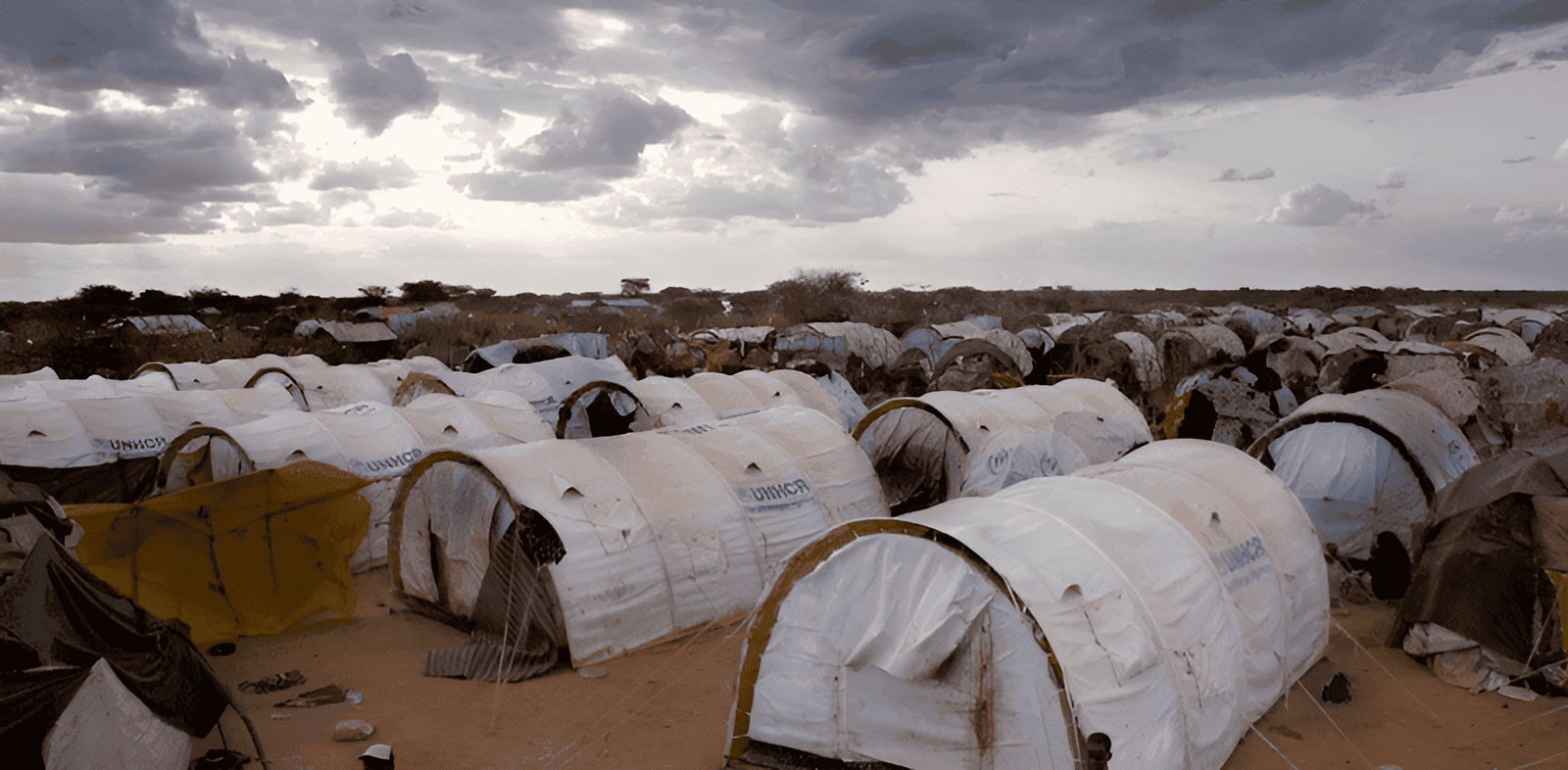Providing Aid and Shelter: Growing To Give's Role in Refugee Camps
The implementation of refugee camps is an essential step to ensure the provision of basic amenities, security, and housing for individuals compelled to evacuate their residences due to violent conflicts, victimization, or natural catastrophes. These individuals, often termed as refugees, typically have no other recourse and are in dire need of life's rudimentary requirements such as sustenance, potable water, and a roof over their heads.
The existence of refugee camps is not a recent development, but rather a longstanding response to these crises. They have existed for decades, with the first recorded camps established during World War II to house displaced persons. Currently, over 26 million individuals worldwide make up the refugee population, a statistic that sees an upward trend each year due to persistent conflicts and disasters.
Refugee camps, scattered globally, are predominantly concentrated in African and Middle Eastern regions. Several countries including Turkey, Lebanon, and Pakistan accommodate some of the largest clusters of refugees. Furthermore, such camps also exist in continents like Europe, Americas, and Asia. Pakistan holds the record for hosting the highest number of refugee camps, providing shelter to millions of Afghan refugees for several decades. Nonetheless, the single largest refugee camp in the world is situated in Cox's Bazar, Bangladesh.
The Story of Kutupalong: The World’s Largest Refugee Camp
The Rohingya refugee crisis had its inception in August 2017, when acts of violence escalated in the Rakhine state of Myanmar. This unrest resulted in the involuntary exile of more than 700,000 Rohingya individuals. A significant proportion of these dislocated individuals found sanctuary in the adjoining country of Bangladesh, where they were accommodated in refugee shelters, Kutupalong being one of the most distinguished among them.
Kutupalong is located near the town of Cox's Bazar in southeastern Bangladesh and is spread over several hills and valleys. By 2022, Kutupalong has expanded to become one of the world's most densely inhabited refugee settlements, providing shelter to more than 900,000 Rohingya refugees. The camp is managed by the Bangladesh government, with support from various international humanitarian organizations.
The living conditions in Kutupalong are challenging, with refugees living in crowded and cramped makeshift shelters made of bamboo and plastic sheets. The availability of fundamental resources such as nourishment, potable water, and medical care is constrained in these refugee camps, and issues related to sanitation and hygiene persist. Nonetheless, the refugees residing in Kutupalong have displayed admirable fortitude and inventiveness in the face of adversity.
Several have initiated small-scale ventures within the camp, while community-led movements aim to enhance living standards and access to vital services. Despite these efforts, the Rohingya refugee crisis remains an ongoing issue, with numerous refugees in Kutupalong spending years in the camp without a definitive roadmap to a sustainable resolution. Hence, it's of utmost importance that the international community sustains their support for these refugees and proactively strives to devise a sustainable solution to this ongoing crisis.
Displaced and Overcrowded: The Challenging Living Conditions in Refugee Camps
The state of affairs in refugee camps can significantly differ based on the resources at disposal and the extent of aid provided by the host nation and relief organizations. Nevertheless, a large number of refugees frequently endure living in congested and unsanitary conditions, grappling with limited access to crucial necessities like food, potable water, and healthcare facilities.
Refugee camps sustain themselves through a combination of government and humanitarian aid. In certain instances, refugees manage to secure employment and generate income within the confines of the camp. However, such opportunities are typically limited owing to regulations on work and movement.
Sanitation is a major concern in refugee camps, with many lacking proper toilet facilities and clean water. Insufficient sanitation infrastructure can catalyze the spread of contagious diseases like cholera and tyohoid, posing serious health threats in densely populated environments. Additionally, shortages in food and water are commonplace, compelling many refugees to depend on humanitarian assistance for their survival.
Growing To Give’s Mission in Refugee Camps: Aid and Relief
While refugee camps are far from an optimal living environment, they serve as a necessary provision for meeting the basic needs and safety of people compelled to abandon their homes. It's crucial that non-profit organizations like Growing To Give persist in their support for refugees, offering resources such as farms and gardens that can aid in reconstructing their lives. This might involve facilitating their return home or assisting them in resettling in a new country. It's incumbent on all of us to address the fundamental factors causing conflict and displacement to mitigate future instances of forced migration.
Growing to Give, a non-profit entity, supports initiatives aimed at enhancing food security in various contexts, including refugee camps. The organization teams up with local communities and individuals to establish shared gardens, provide education and resources for sustainable agriculture, and deliver fresh produce to those who are in need.
In refugee camps, Growing to Give's programs can provide a source of fresh, healthy food for residents who may not have access to nutritious meals. Community gardens can be established within the camp or in nearby areas, and refugees can be trained in gardening techniques and provided with resources like seeds, tools, and water access.
Through cultivating their own food, refugees can achieve a sense of self-reliance and independence, while simultaneously enhancing their nutritional consumption. Fresh produce can be used in community kitchens or distributed directly to families in need.
Growing to Give's approach to food security recognizes the importance of community involvement and empowerment. By partnering with local organizations and individuals, the organization seeks to create sustainable solutions that can be maintained over time, even after the initial support has ended.
In addition to its work in refugee camps, Growing to Give also supports food security initiatives in other settings, such as schools and community centers, and provides education and resources on sustainable agriculture and food justice.



.png)
.png)
.png)

.png)